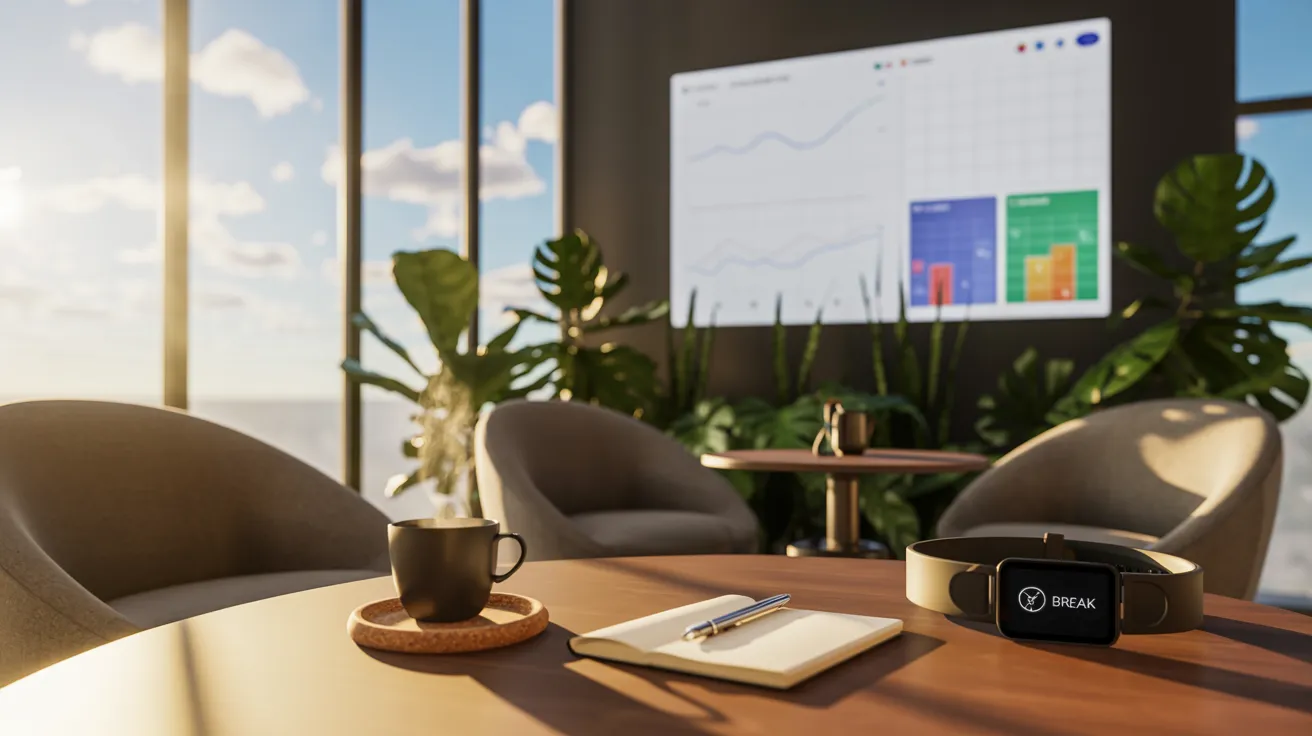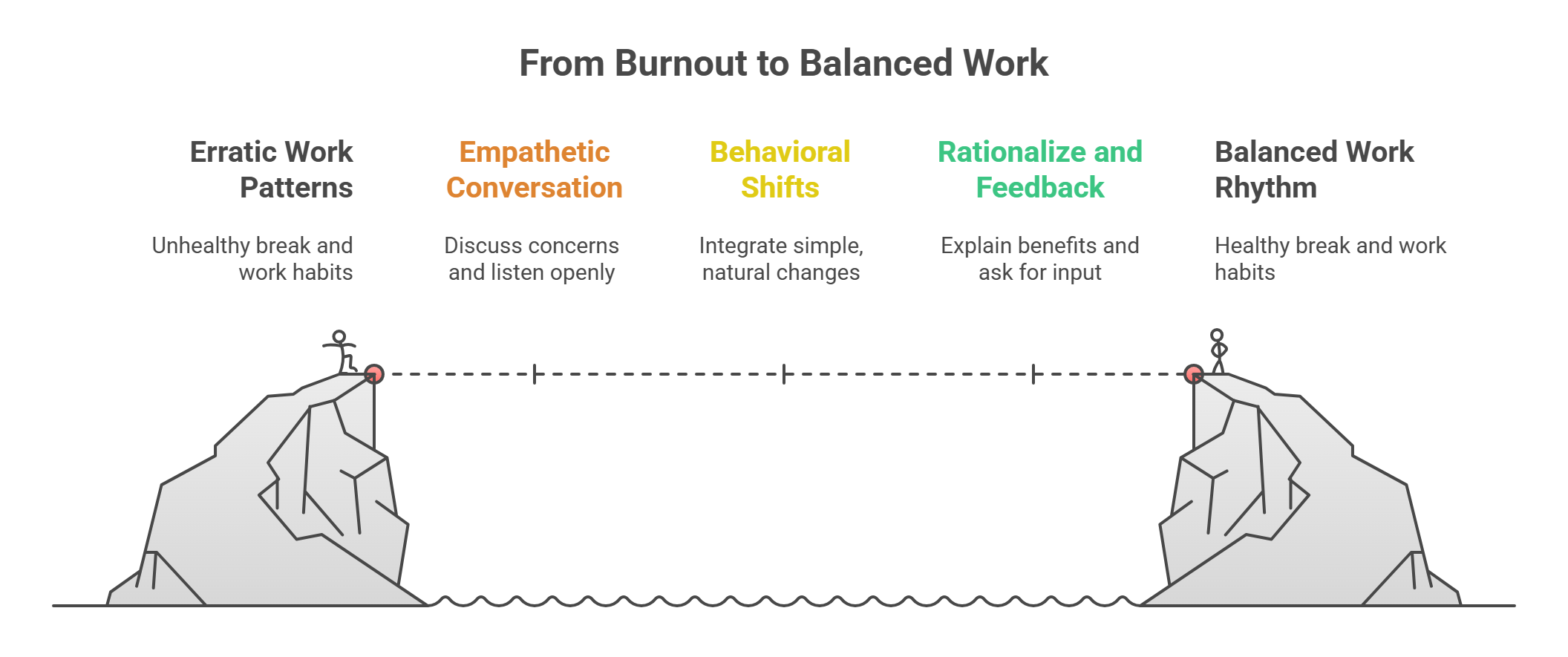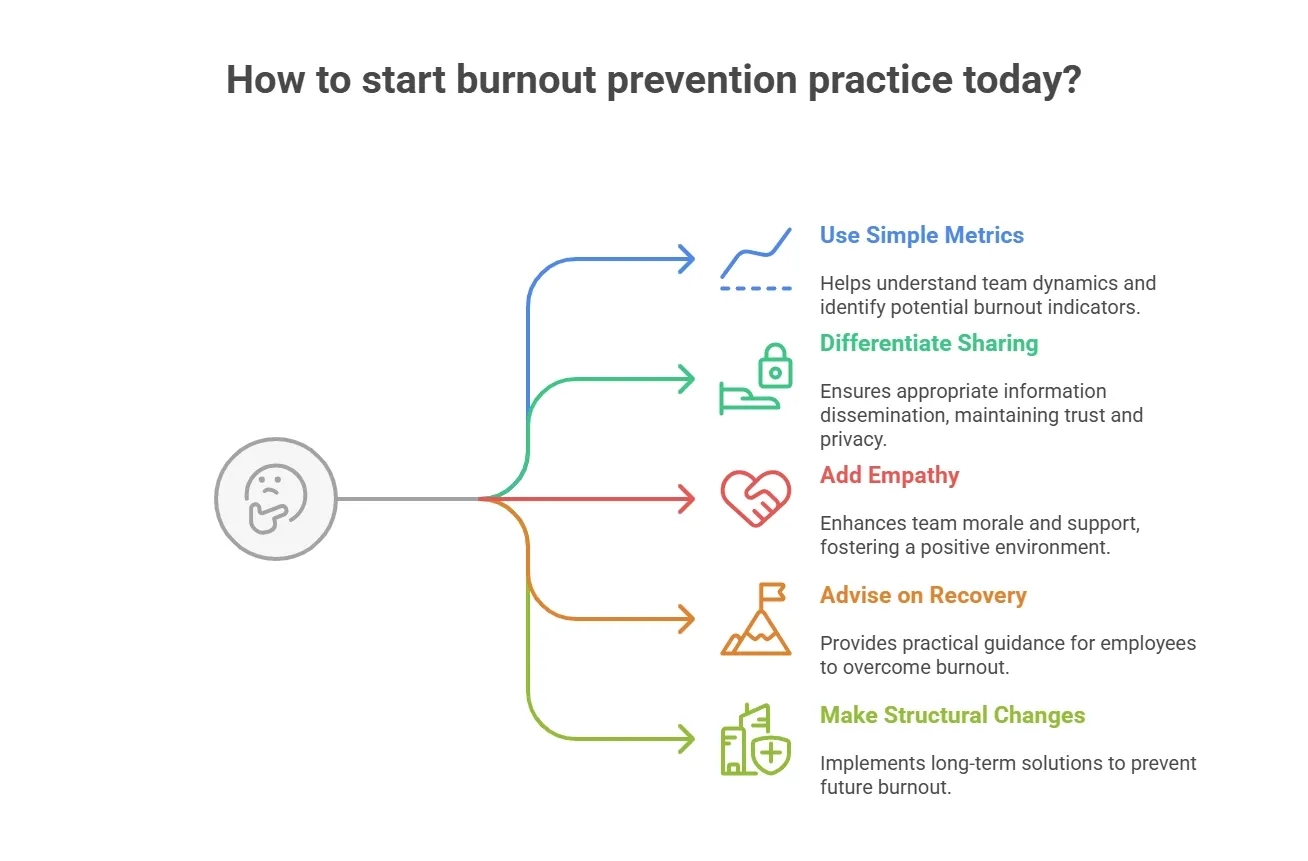The Employee Who Thanked Me For Tracking His Break Patterns (Burnout Prevention Story)

Key Takeaways
-
Transparent break-tracking surfaced burnout signals early.
-
One-on-one conversations paired with data created psychological safety.
-
small schedule fixes (focus windows + micro-breaks) restored sustainable rhythm.
-
Privacy-first dashboards build trust when explained clearly.
At first, his symptoms were only long breaks. However, it quickly stretched into long hours, long unavailability, and no productive results.
My manager's instinct instantly dialed in to understand his data to find out what was happening.
Finally, I took the initiative to have an open conversation, and we both changed for the better!
Let me tell you how I helped him.
Why the Odd Break Patterns Felt Alarming
I’ll be honest: tracking someone’s breaks felt weird at first. I lead a remote-friendly engineering team where everything depends on trust and accountability.
I was not concerned about time online or keystroke heatmaps.
It was the data about when he stepped away and for how long that concerned me the most.
Data that Shocked Me
The dashboard painted a clearer picture, which confirmed my gut feeling. Over the last two weeks:
- He had stretches of 3-4 hours without any breaks
- He would suddenly log off for a long break without finishing the work
- His short-break frequency dropped when sprint deadlines knocked
All those symptoms were clear indications of burnout, and I was worried to the core.
Track patterns that reveal burnout early
How I Initiated the 1:1 Conversation
The dashboard and data revealed many things, but not what he was going through.
So, I booked a 30-minute check-in and conveyed my concerns about his break patterns empathetically. Nothing else.
He finally opened up to me. The coding nights with constant meetings were making him anxious. On top of that, the long stretches came from the guilt of being absent too much. Overall, his whole routine was broken, just like himself.
I deeply connected with him because 6 years ago, I was in the same place and knew how it felt. Once I shared my burnout recovery experience, he could immediately relate to me. So, we began to work on how he can land on his feet again.
I Took Small Steps to Break His Broken Patterns

We sat together and found ways to naturally integrate simple behavioral shifts:.
- Cleared up two unnecessary meeting schedules every week to free up more space for focused work.
- Pomodoro-style working patterns for sustained focus on tough tasks.
- Swapped a daily standup (2 per week) with async communication for lower meeting stress.
- Kept a one-line goal for each day to break out of code polishing loops.
I did not forget to rationalise how these will help him and asked for any feedback. Being a hard-working person, he took on the challenge wholeheartedly.
Build sustainable work rhythms with data
The Thank You
He expressed how he never realized his working patterns were changing dramatically and thanked me for being with him.
That thank-you wasn’t about the tracking; it was about someone noticing, caring, and giving practical help. He was sleeping better, pushing fewer midnight fixes, and his PRs were clearer. The erratic break pattern was gone; his work rhythm returned.
This little expression of gratitude was more than any successful projects I have delivered so far.
What Made Me a Better Leader in the Process
- Data can only be supportive when you can initiate a caring conversation.
- Tracking can help when the data usage is transparent and meaningful.
- Small structural changes (calendar windows, micro-breaks) beat big policy changes every time.
- Making an employee-first privacy policy will let employees accept the monitoring without any issues.
Turn insights into caring conversations
How You Can Start This Practice Today

- Use simple metrics to understand your team better.
- Differentiate between what to share publicly and privately.
- Complement your data with empathy and warmth.
- Advise your team or employees delicately on the practical ways to recover from burnout.
- Make structural changes that prevent burnout from happening.
Monitor wellness, not just productivity
Final Words
If you’re thinking about this for your team, don’t start with heavy monitoring. The goal is to help your team become the best version of itself. So, start with the core issues and make a structure that works for everyone.
